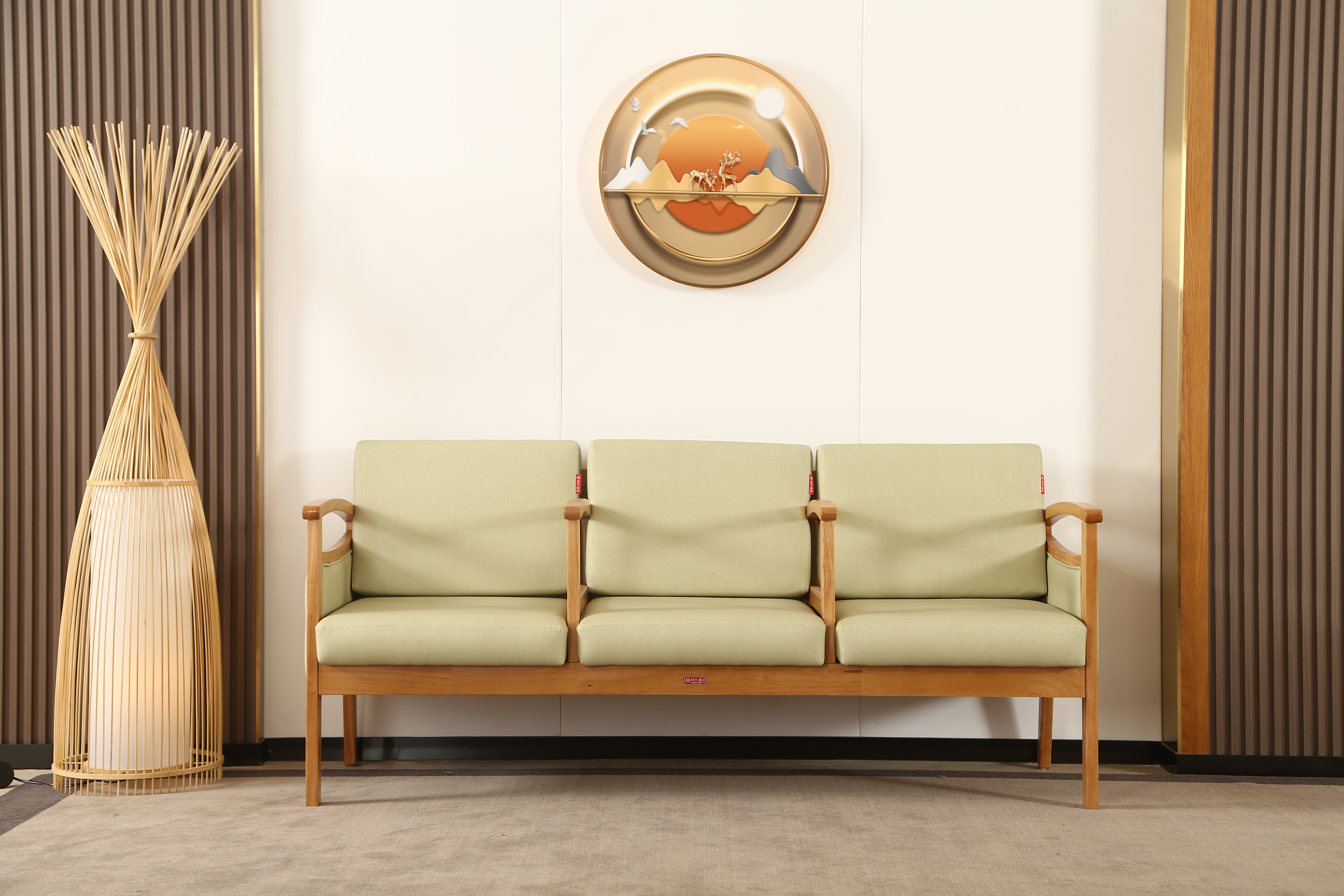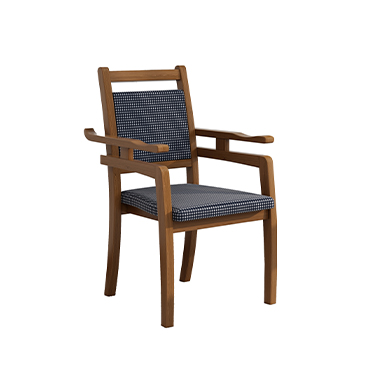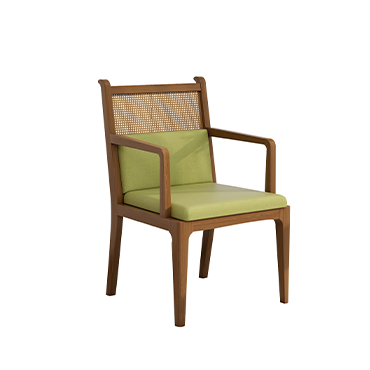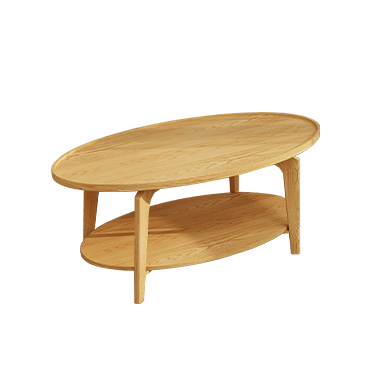Active and Healthy Style Elderly Furniture: Meeting the Dual Demand for Aesthetics and Functionality
As the aging population continues to grow, elderly care furniture is undergoing a shift—from purely functional designs to solutions that combine practicality with modern aesthetics. Among these, active and healthy style elderly furniture is gaining popularity and becoming a new trend in the market.
1.What Is Active and Healthy Style Elderly Furniture?
This furniture style resembles regular home furniture in appearance but includes age-friendly details such as:
Soft color palettes that create a soothing atmosphere;
Rounded edges to reduce bumping risks;
Scientifically adjusted seat heights for easier sitting and standing;
Anti-slip surfaces and supportive armrests.
This type of furniture is not only designed for elderly users but also appeals to younger family members who care about the quality of life for their aging parents.
2.Why Is It a Hot Trend?
(1)A Younger Senior Demographic
Today's seniors lead active lifestyles. They value aesthetics and prefer home environments that feel stylish and welcoming—not clinical or overly "elderly-focused."
(2)Rising Design Expectations
Modern consumers expect furniture that fits into their home decor without compromising functionality. Elderly furniture must now look good and feel comfortable.
(3)Growing Health Awareness
Families now view elderly care furniture as part of their investment in wellness. Especially with the rise of "preventive care" and "aging in place," more households are choosing quality furniture that enhances safety and daily comfort.
3.Design Trends and Innovation
Modular design: for flexibility in different spaces;
Eco-friendly materials: safe for sensitive seniors;
Smart features: automatic adjustments and alerts for added convenience;
Multi-generational appeal: blending functionality with modern family aesthetics.
Conclusion
Active and healthy style elderly furniture reflects a new philosophy of aging—one that celebrates independence, dignity, and taste. For manufacturers and designers, this trend is not only a market opportunity but a meaningful way to contribute to a more inclusive, senior-friendly society.





